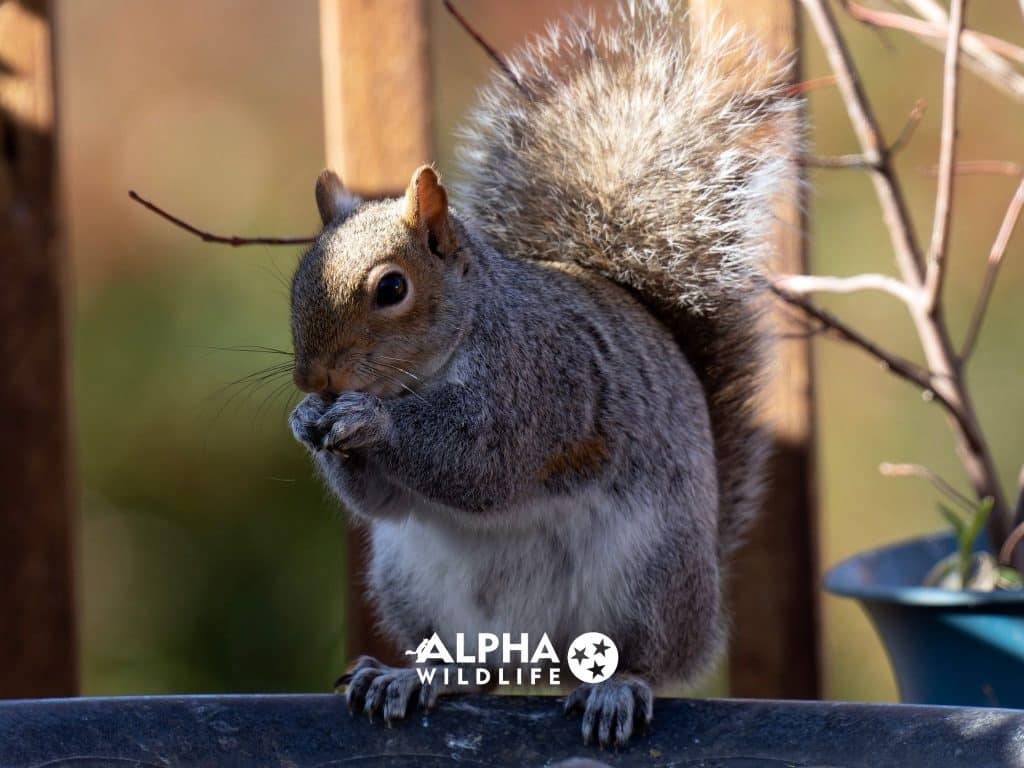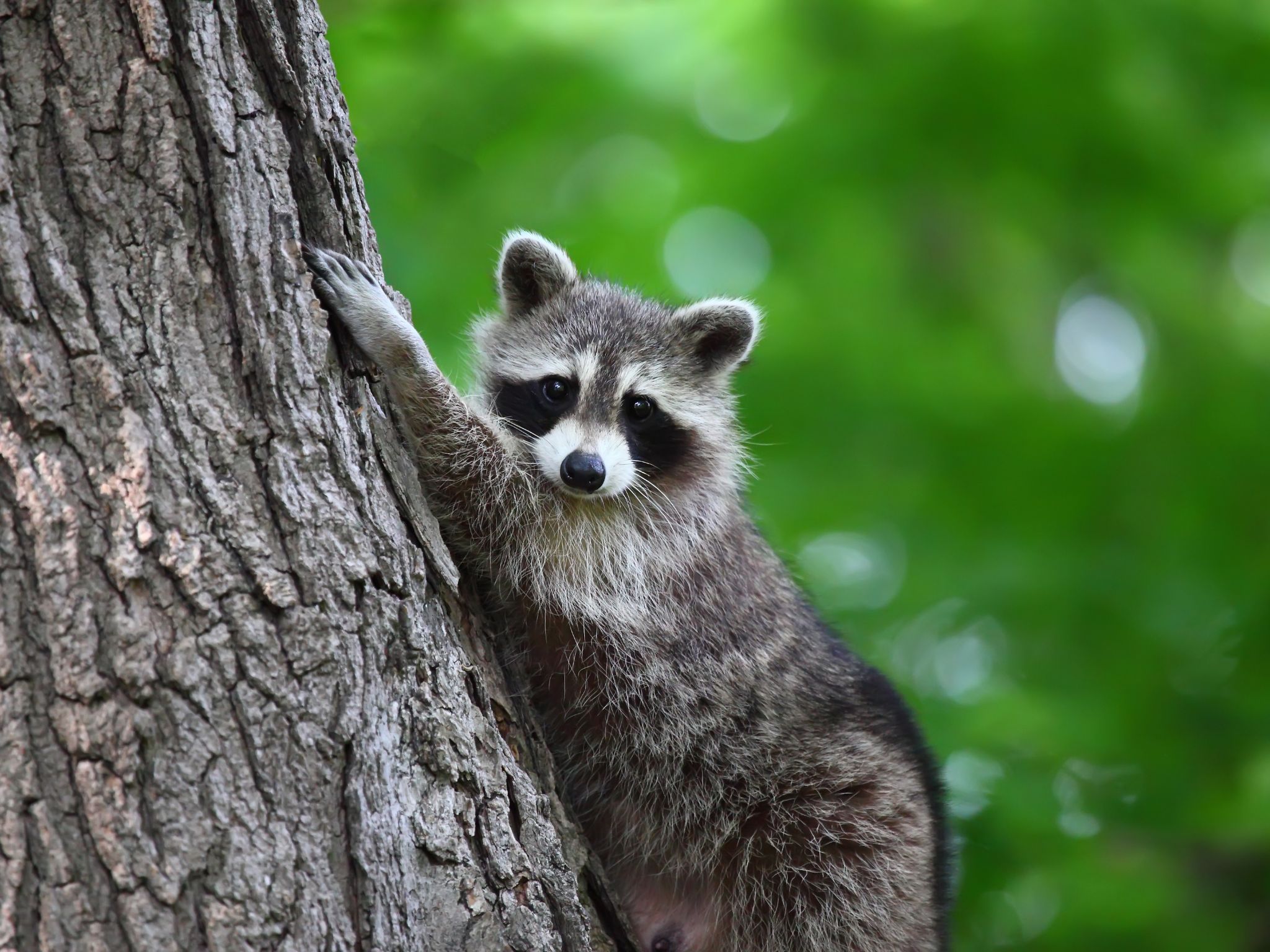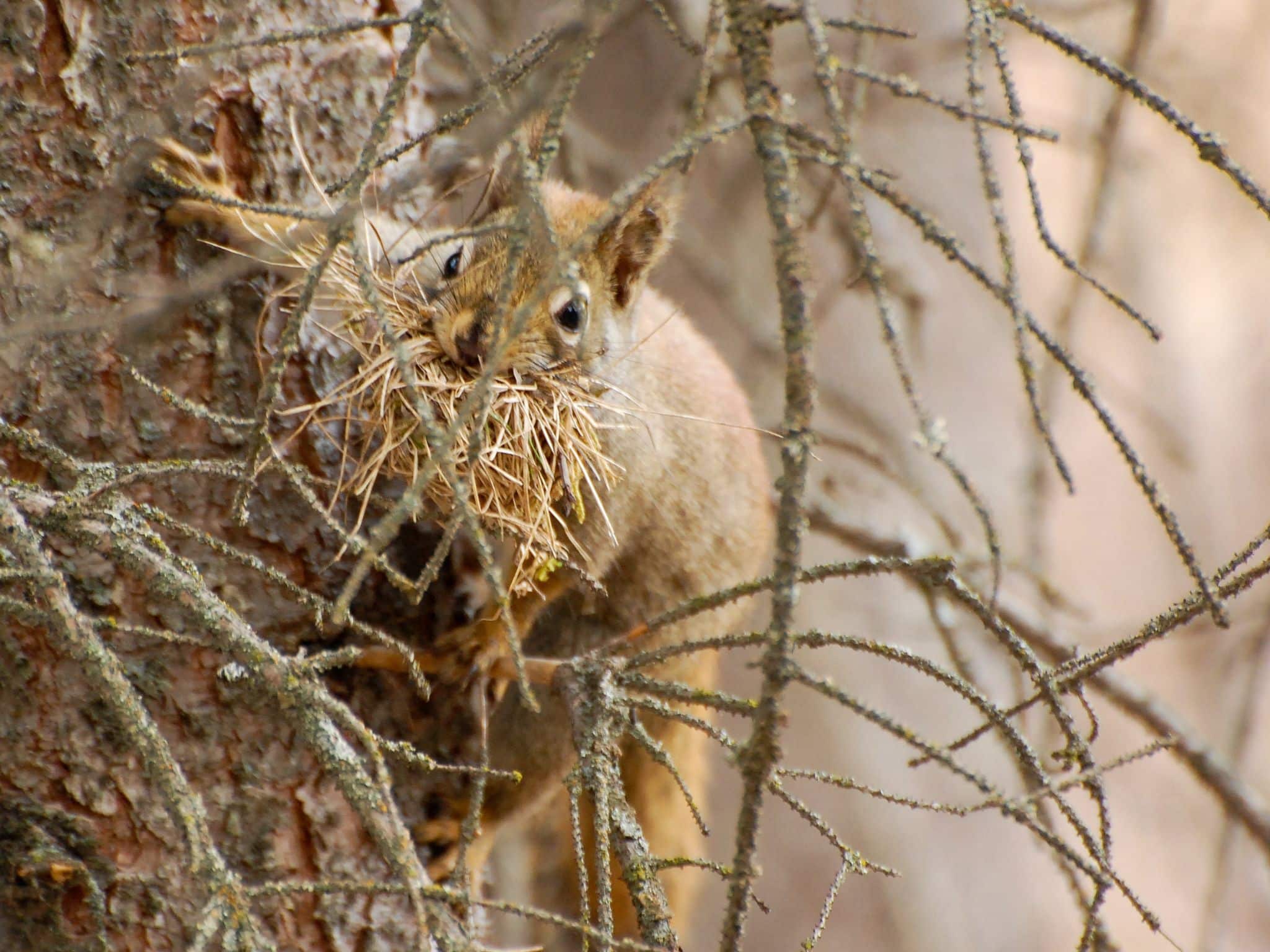Squirrels in the Attic: How They Get In and How to Keep Them Out
If you’ve ever dealt with the frustrating situation of squirrels in the attic, you know how disruptive they can be. From the noises that disturb your peace to the potential damage they can cause to your home, squirrels can be a real headache. But how exactly do these crafty critters manage to get into your attic, and more importantly, how can you stop them?
At Alpha Wildlife, we specialize in humane squirrel removal and prevention. With our expertise, we can help you understand how squirrels find their way into attics and what steps you can take to protect your home from becoming their new nesting ground.
Why Squirrels Target Attics
Before we dive into how squirrels get into your attic, it’s important to understand why they’re so drawn to this part of your home in the first place. Squirrels are always on the lookout for safe, warm places to build nests, especially during the colder months or when they are preparing to raise their young.
Your attic offers everything they need: shelter from the elements, a hidden place away from predators, and materials to build their nests. Unfortunately, once squirrels move in, they can cause significant damage by chewing on wood, insulation, and even wiring. This is why squirrels in the attic are not just an inconvenience—they can be a hazard to your home.
Common Entry Points for Squirrels
Squirrels are highly resourceful and will exploit any weakness in your home’s exterior to gain entry. Here’s a breakdown of the most common ways they get inside:
1. Roof Edge Gaps
One of the most common entry points for squirrels in the attic is along the edges of your roof. These gaps are typically where the roof meets the fascia board or the gutters. If these areas aren’t properly sealed, squirrels can easily gnaw at small openings to make them larger and more accessible. Squirrels have strong teeth capable of chewing through wood, plastic, and even some metals, which means small gaps can quickly turn into major access points.
2. Vents and Eaves
Unprotected vents are practically an open invitation for squirrels. Vents designed for dryers, kitchen exhausts, or attic ventilation often have weak covers or screens that squirrels can chew through or push aside. Similarly, the eaves of your home, which are the spaces where the roof overhangs the walls, can develop gaps. If squirrels find these gaps, they’ll quickly exploit them to enter your attic.
3. Damaged Roof Shingles
If your roof has damaged or loose shingles, squirrels can lift these up and crawl underneath. Once they find a weak spot in your roof’s underlayment, it’s only a short trip into the attic. Squirrels are adept at finding even the smallest vulnerabilities in roofing materials and will pull and chew at them until they create an entryway.
4. Chimneys
An uncovered chimney is another common way for squirrels to enter your home. These agile creatures can easily climb down chimneys and access your attic or other parts of your house through small openings inside the chimney structure. Without a chimney cap, squirrels, along with other wildlife like birds or raccoons, can enter freely.
5. Pipes and Utility Lines
Squirrels often use utility lines and pipes to travel across roofs. These lines serve as highways for wildlife looking to explore your home. Once they’ve reached your roof, squirrels will search for any small openings around utility lines where they enter the building. These gaps can be widened using their sharp teeth and claws.
6. Construction Gaps
During the construction of homes, small gaps can sometimes be left between building materials. These gaps are especially common around the eaves and roof joints, and they are often overlooked during routine maintenance. However, squirrels are experts at finding these hidden gaps and using them as entry points to your attic.
The Problems Squirrels Cause in Attics
Once squirrels gain access to your attic, they can cause a wide range of problems:
- Chewing on Electrical Wires: One of the most dangerous consequences of having squirrels in the attic is their tendency to chew on electrical wiring. This can lead to electrical fires, short circuits, and costly repairs.
- Damage to Insulation: Squirrels love to burrow into attic insulation to create nests. This not only reduces the effectiveness of your insulation but also leads to contamination from squirrel waste.
- Structural Damage: Squirrels can gnaw on wooden beams, walls, and other structural components of your attic, causing significant damage over time.
- Noise and Disturbance: The constant scratching, scurrying, and gnawing can become a major disturbance, especially at night when squirrels are most active.



How to Prevent Squirrels from Entering Your Attic
Preventing squirrels in the attic requires a proactive approach. Here are some practical steps you can take to squirrel-proof your home:
1. Inspect and Repair
Regularly inspect your roof, eaves, and vents for signs of wear, damage, or gaps. Pay close attention to any areas where pipes or utility lines enter the home. Repair or replace loose shingles, seal gaps with metal flashing, and reinforce vulnerable areas.
2. Install Protective Covers
Ensure that all your home’s vents are covered with durable, squirrel-proof materials like heavy-duty metal mesh. Additionally, install a cap on your chimney to prevent squirrels and other wildlife from entering.
3. Trim Trees
Squirrels are excellent jumpers and can leap from tree branches onto your roof. Trim any branches that extend within 10 feet of your home to reduce the likelihood of squirrels using them as a pathway to your roof.
4. Use Repellents
There are various squirrel repellents available, including ultrasonic devices, sprays, and natural deterrents like peppermint oil. While these won’t always stop determined squirrels, they can serve as an added layer of defense.
5. Regular Maintenance
Keeping your home well-maintained is the best long-term solution. Regularly check for new damage or potential entry points, and address them immediately before squirrels have a chance to move in.
The Role of Professional Help
If you’ve discovered squirrels in your attic or suspect that they’re trying to get in, professional wildlife removal services can help. At Alpha Wildlife, we specialize in humane squirrel removal and exclusion techniques. Our trained professionals can inspect your home, identify entry points, and safely remove any squirrels. We also offer comprehensive sealing and exclusion services to ensure that squirrels don’t return in the future.



Why Choose Alpha Wildlife?
At Alpha Wildlife, we pride ourselves on providing effective, humane solutions for squirrels in the attic. Our team is experienced in identifying even the smallest entry points that squirrels can exploit, and we use industry-leading techniques to remove them safely. We also work to ensure that once the squirrels are gone, they stay gone by sealing your home and making it squirrel-proof.
If you’re hearing strange noises coming from your attic or you’ve seen squirrels around your home, don’t wait until they cause serious damage. Contact Alpha Wildlife today for a consultation, and let us help you keep your attic safe, secure, and squirrel-free.
Protect Your Home from Squirrels in the Attic with These Expert Tips
Squirrels may seem harmless, but when they invade your attic, they can cause significant damage and become a major nuisance. Understanding how squirrels get into your attic and taking proactive steps to prevent them is essential. By inspecting your home, sealing off potential entry points, and working with professionals like Alpha Wildlife, you can keep squirrels where they belong—outside your home. Don’t let squirrels in the attic become a bigger problem; take action today to protect your home and your peace of mind.
Latest Resources

Does Mint Repel Raccoons?
If you’ve ever had a raccoon rummaging through your trash or making a home in your…

Cost to Remove a Raccoon from Your Attic?
Raccoons are cute, but when they invade your attic, they can cause serious damage. If you’ve…

Should I Remove a Squirrel Nest from a Tree?
Squirrels are a common sight in neighborhoods, parks, and backyards. While they’re generally harmless, you may…
